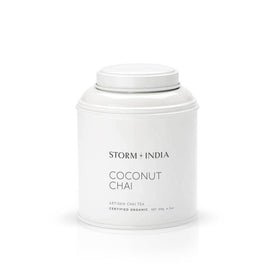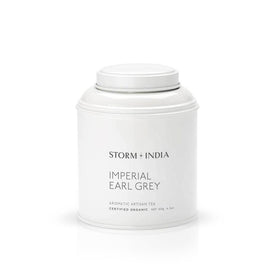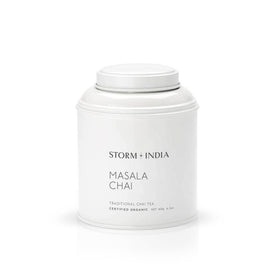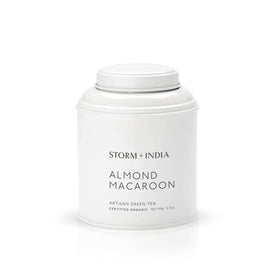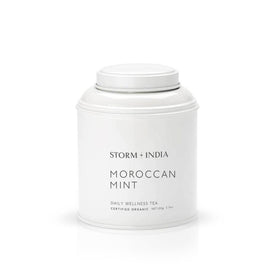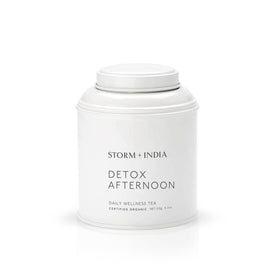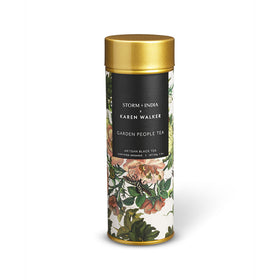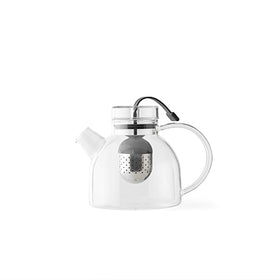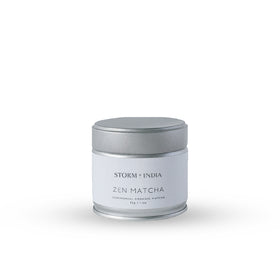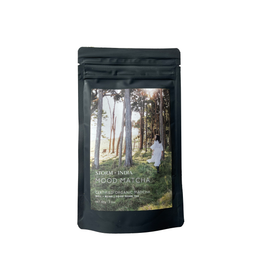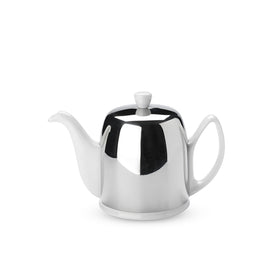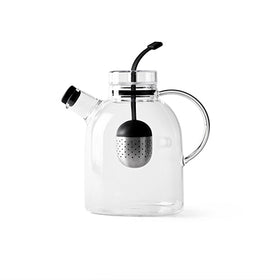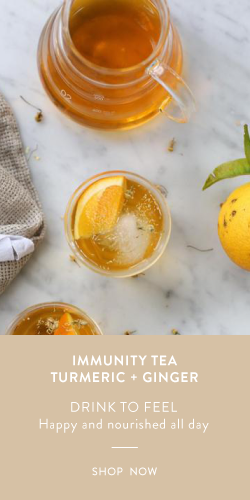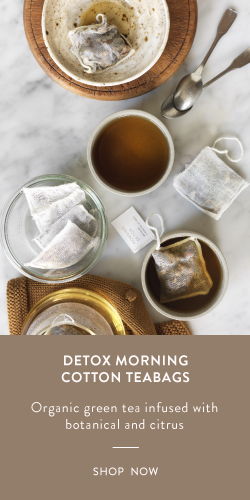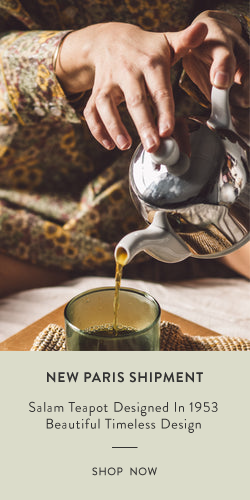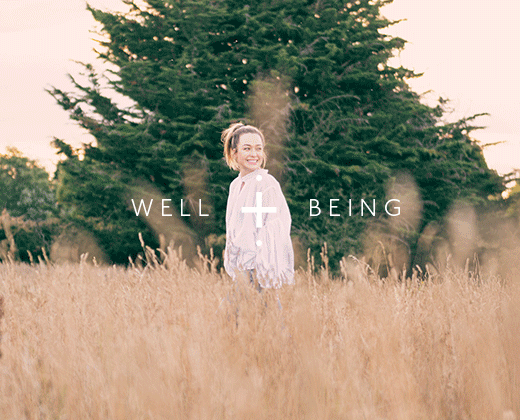
Tea Talk - a Little Overview + History
After water, tea is the second most commonly consumed beverage in the world. And with more health benefits than you can poke a stethoscope at, a well-earned tea break can be a healthy way to catch our breath in the bustle of our busy days. Your sip of choice may be the fresh simplicity of peppermint tea , the thirst-quenching delight of Hibiscus blossoms, the cooling zest of lemon grass or the good ol’ comfort of an English breakfast tea. Many variations are great after a meal, some best for a boost, others are good for sleep, but all have unique health benefits, whether served hot or icy cold.
The story of tea begins in China. According to legend, in 2737 BC, the Chinese emperor Shen Nung was sitting beneath a tree while his servant boiled drinking water, when some leaves from the tree blew into the water. Shen Nung, a renowned herbalist, decided to try the infusion that his servant had accidentally created. The tree was a Camellia sinensis, and the resulting drink was what we now call tea. Among all the varieties of tea – black, green, white, oolong, red, herbal – what are the differences in terms of composition and health benefits?
Black, green, white, and oolong teas derive their leaves from a tree called Camellia sinensis. The leaves from this tree contain polyphenols (plant antioxidants) that have demonstrated free-radical scavenging anti-ageing properties, cholesterol-lowering benefits and enhancement of blood vessel function (to name but a few benefits!) . The more processing that tea leaves undergo, the darker they will turn. Black tea is produced when the leaf is oxidised during the fermentation process of manufacturing. This gives rich flavours and deep red-orange infusions. Green tea is only slightly oxidised/ fermented meaning that the leaf remains green, producing a milder, lighter flavour and paler yellow-green infusion. Oolong tea is semi-fermented and consequently has qualities of both black and green tea. Regardless of the processing method, black, green, white and oolong teas all contain beneficial antioxidants! A further breakdown of the different types of tea is as follows...
Oolong: One of the most famous Chinese teas, Oolong, meaning “black dragon”, is semi-fermented, with a richly perfumed aroma filled with nuts and fruit and smooth buttery flavours. It’s a little bit like green tea but without the herby grassiness, and a little like black tea, but without the fruity sweetness.
Green Tea: Light, fresh and herbaceous, green tea is full of antioxidants and its consumption is said to strengthen the immune system and promote healthy teeth and bones. It also dabbles in digestive powers, so perhaps put down that glass of water and swill tea with your dinner. Green tea is grassy, savory, slightly sweet and so very versatile.
White Tea: The most revered, refined and delicate of tea. Its named so because of the white downy hairs on the bud of the unopened tea leaves. White tea undergoes the least processing of all teas and as the leaves are not oxidized, more of the beneficial properties of the leaf are retained. It is the closest tea comes to its purest natural state, with a light, sweet flavor, and just a touch of caffeine.
Herbal tea: Simply the combination of boiling water and dried fruits, flowers or herbs. They are technically not a ‘tea’ (as this refers to the forms above that are produced only from the ‘tea tree’, Camellia Sinensis.) but are actually what is called a ‘tisane’. Technicalities aside…herbal teas are often consumed for their physical or medicinal effects, especially for their stimulant, relaxant or sedative properties. Unlike green, black, and oolong teas, herbal teas can be made from virtually any plant, including the roots, flowers, seeds, berries or bark. Different herbal teas, which sometimes contain thousands of beneficial active compounds, have their own distinctive healing uses due to unique beneficial active compounds.
Ahhh…there’s nothing like a good cuppa and with so many options out there, you can sit back and relax (or revive!) with a beverage that tastes good and does you good. Now that’s refreshing.
Live well, live long, live naturally
Renée x
Renee Leonard-Stainton is a qualified Naturopath, Nutritionist, Western Medical Herbalist and Mother based in Auckland.

